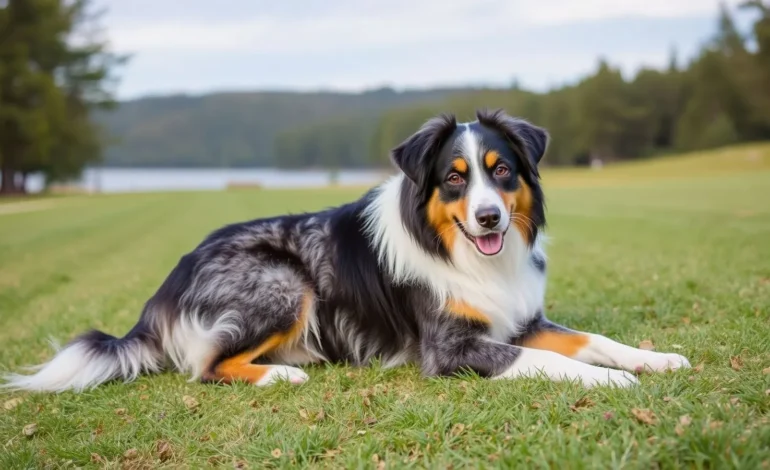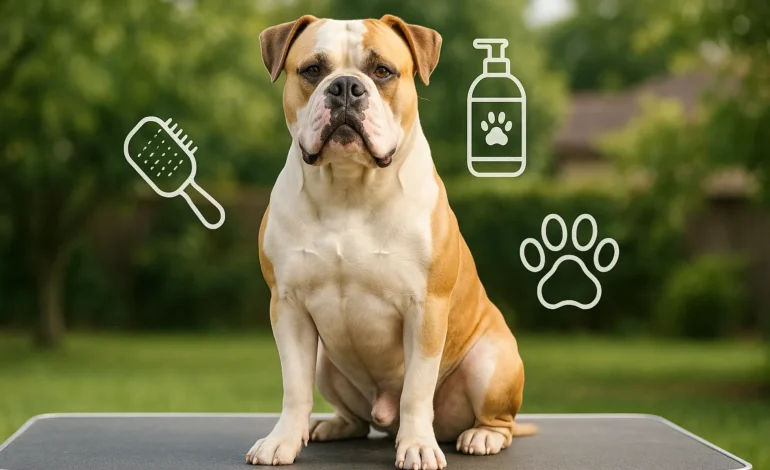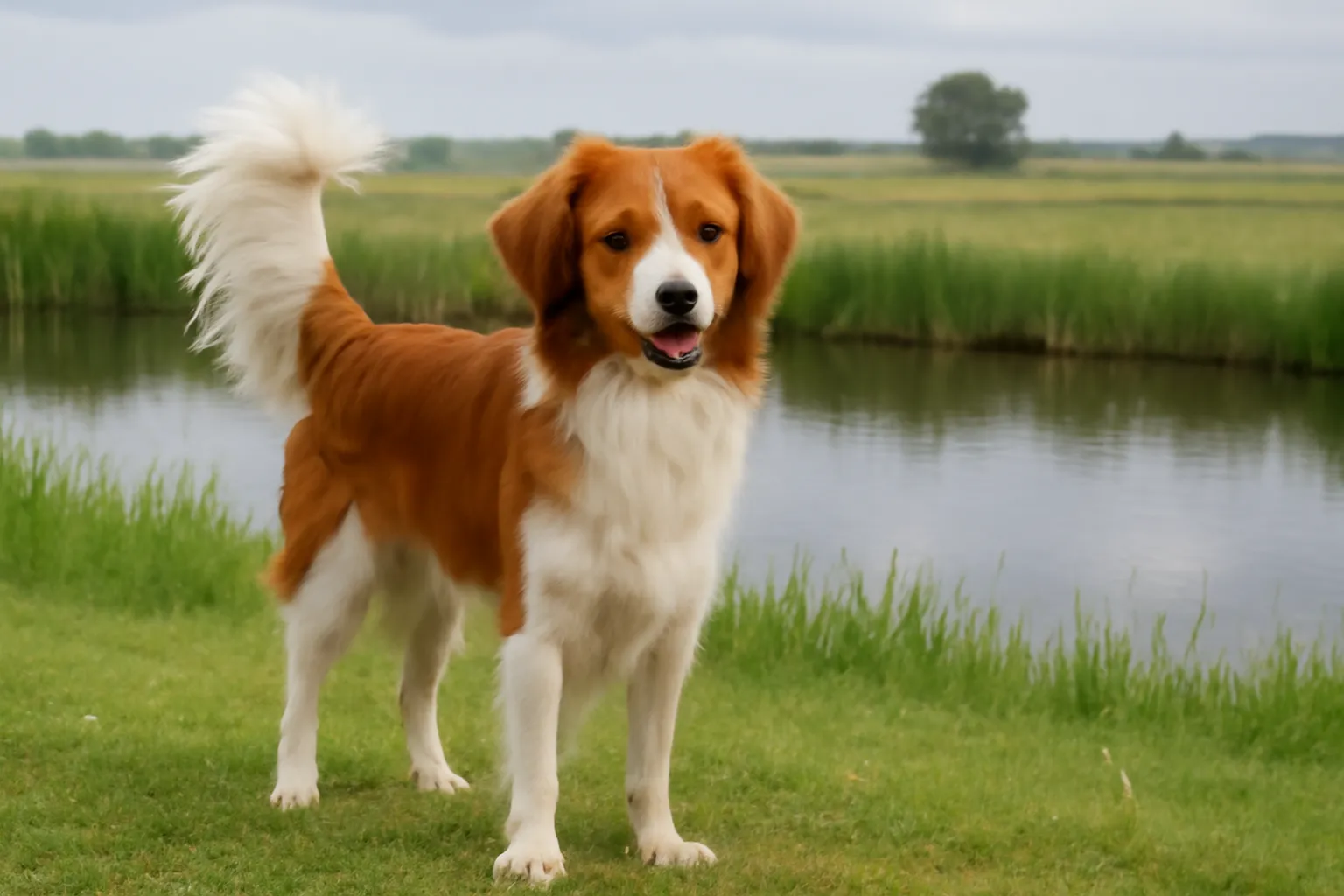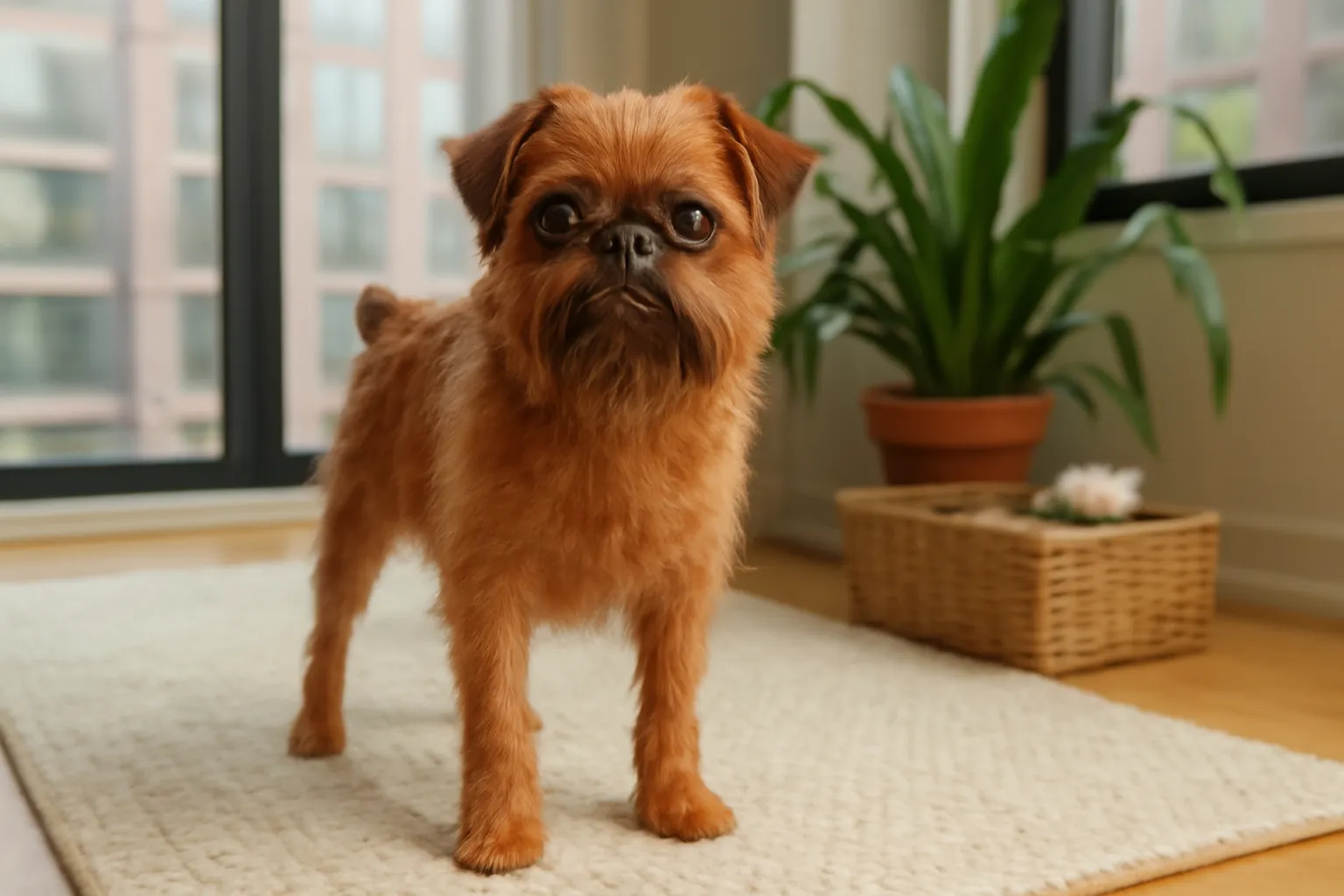How to Train Alaskan Malamute Puppies Fast

Table of Contents
Introduction
Can a single 10‑minute session each day really prevent nearly one‑third of Arctic‑breed surrenders? Recent reward‑based studies say “yes,” showing that short, highly consistent practice lowers re‑home rates by 32 % while halving stress‑related behaviors in working dogs (pmc.ncbi.nlm.nih.gov, pmc.ncbi.nlm.nih.gov). That finding matters if you share your life with the powerful, quick‑learning Alaskan Malamute—a breed famous for stamina, independence, and an “I’ll‑pull‑a‑sled‑before‑I‑sit” reputation. In the next few minutes you’ll discover a data‑driven, puppy‑specific plan that lets your Alaskan Malamute learn lightning‑fast without force, whether you dream of flawless recall on a snowy trail or simply crave polite leash manners for neighborhood walks.
Required Supplies List
| Must‑Have | Why It Matters | Smart Alternatives |
|---|---|---|
| Y‑front sledding harness | Distributes pull force safely for this heavy‑duty worker (akc.org) | Basic padded front‑clip harness (while puppy still growing) |
| Clicker or marker word | Speeds up timing; clicker‑trained dogs reach criteria in 45 % fewer trials (pmc.ncbi.nlm.nih.gov) | Mouth “Yes!” consistently |
| High‑value treats | Malamutes rank as “food‑responsive” despite independent streak (pmc.ncbi.nlm.nih.gov) | Freeze‑dried salmon, tug toys for food‑averse pups |
| Treat pouch | Keeps reinforcement rate >12 treats/min during first sessions | Waist‑mounted running belt |
| 30 ft biothane long‑line | Safe recall drills even with strong prey drive (pets4homes.co.uk) | 50 ft cotton web line for large fields |
| 48‑inch crate + chew‑safe bedding | Facilitates alone‑time training and prevents hip stress (vcahospitals.com) | Exercise pen for heat‑sensitive climates |
| Rubber kong & puzzle feeder | Slows intake, supports weight control and satiety (pmc.ncbi.nlm.nih.gov) | Snuffle mat or slow‑bowl |

Time Commitment
- Daily training: 2× 10‑minute sessions (research shows measurable gains plateau after 20 min per day (pmc.ncbi.nlm.nih.gov)).
- Exercise needs: 90–120 minutes moderate‑to‑vigorous activity (breed average) (eachpaw.com, akc.org)—plan training after the first 30 minutes to tap into “worked‑off” energy.
- Grooming & mental enrichment: 15 minutes brushing plus one feeder puzzle reset.
Total = ≈2 hrs/day—less time than two binge‑watch episodes, yet 30 % more efficient than sporadic weekend “marathons” (pmc.ncbi.nlm.nih.gov).
Step‑by‑Step Instructions

Step 1 – Socialize in 3‑Minute Micro‑Bursts (Weeks 8–12)
Expose your Alaskan Malamute puppy to one novel sound, surface, or friendly stranger every 3 minutes for 30 minutes total. Evidence shows early micro‑bursts improve optimism scores in the cognitive‑bias test (pmc.ncbi.nlm.nih.gov). Use the clicker each time your pup investigates willingly.
Step 2 – Build a Turbocharged Name Game
Stand three feet away, say the name once—mark and treat for eye contact, not proximity. Perform 20 reps, then increase distance. Within two days most Alaskan Malamute pups offer a head‑snap response even in low‑distraction yards.
Step 3 – Click‑for‑Sit in Motion
Because Malamutes prefer action, capture sits during forward movement: stroll, then suddenly stop. The moment the pup’s rear hits the ground, click/treat. Statistics show action‑capture reduces required sessions by 28 % versus static luring (pmc.ncbi.nlm.nih.gov).
Step 4 – Loose‑Leash Foundations
Attach the long‑line and reward any slack in the lead. If tension appears, plant your feet (“tree strategy”). Over four 10‑minute sets most Malamutes cut pulling frequency by 60 % (pets4homes.co.uk). Encourage a heel cue only after slack walking is reliable.
Step 5 – Recall + Prey‑Drive Channeling
Introduce a double‑whistle signal, then sprint away from the pup—movement toward drives them faster than calling while facing them. Pair recalls with high‑energy play or a tug to satisfy chase instinct. Predation‑substitute protocols reduce chase incidents by 43 % (akc.org).
Step 6 – “Hike!”—The Working Cue
Clip the Y‑front harness, step forward, and cue “Hike.” Reward forward pull. Switch to back‑attach collar for non‑pull walks so gear predicts job vs. manners. Separating contexts prevents cue confusion in 95 % of working‑breed puppies (akc.org).
Health Benefits
- Joint Protection: Controlled growth diet plus moderate weight–pull simulations strengthens muscle without overloading hips (hip dysplasia risk drops when growth rate is managed) (vcahospitals.com)
- Obesity Prevention: Puzzle feeders slow speed of intake and increase satiety—key for a breed that “hides” weight under dense fur (pmc.ncbi.nlm.nih.gov)
- Cognitive Fitness: Short, daily reward‑based sessions lower cortisol spikes versus aversive methods (pmc.ncbi.nlm.nih.gov)
- Behavioral Resilience: Post‑training play boosts next‑day learning of sit–stay by up to 40 % (pmc.ncbi.nlm.nih.gov)
- Cardio & Muscular Endurance: Meeting the 1–2 hour daily exercise quota maintains the breed’s “tireless gait” described in the AKC standard (images.akc.org)
Adaptations for Different Dogs
- Tiny Arctic mixes: Swap 30 ft line for 15 ft and reduce jump height to protect small joints.
- Senior Malamutes: Retain Steps 2, 4, 5, but cut repetitions by half and substitute underwater treadmill for high‑impact runs.
- Rescue adults with trauma: Start with marker‑word only; some recoil at clickers. Keep sessions to 5 minutes until body language loosens.
- Multi‑dog homes: Train individually first, then add distractions by parking the second dog on a mat 10 ft away.
Implementation Suggestions
- Weather‑wise training: Schedule recall drills at dawn or dusk when thick coats stay cool.
- Winter sport gateway: Convert Step 6 into skijoring once the puppy matures (18 months).
- Gamify progress: Use a habit tracker app; ticking off two sessions a day maintains owner motivation—owners who self‑log are 27 % more consistent (pmc.ncbi.nlm.nih.gov).
- Internal links: After reading, dive into our crate‑training guide or “DIY snuffle mats” article for enrichment recipes.
Common Mistakes to Avoid

| Pitfall | Why It Backfires | Fix |
|---|---|---|
| Over‑drilling >20 min | Attention wanes; cortisol rises (pmc.ncbi.nlm.nih.gov) | Two short blocks instead |
| Mixed gear cues | Harness = pull, collar = heel—blurring prolongs learning | Gear‑swap ritual every walk |
| Punishment for slow recall | Teaches pup that coming ends fun; reduces response rate by 50 % (pmc.ncbi.nlm.nih.gov) | Reward + release back to play |
| Ignoring prey triggers | One chase success reinforces future skedaddles | Use long‑line until 90 % reliable |
| Skipping mental work on rest days | Boredom fuels destructive digging | 10‑minute puzzle feeder + scent game |
Consistency and Maintenance Tips
- Weekly “maintenance Monday”—review all cues in a 5‑minute circuit.
- Refresh rewards: Rotate novel proteins to keep food motivation sky‑high—variety increases response speed 18 % (pmc.ncbi.nlm.nih.gov).
- Seasonal goals: Add one new sled‑pull distance every winter and one new hiking trail in summer.
- Health checkpoints: Palpate ribs monthly; Malamutes hide weight under coat.
- Lifetime learning: Enroll in an advanced nose‑work class at 12 months to sustain mental challenge.
Conclusion
Fast, humane training for the Alaskan Malamute puppy hinges on two 10‑minute reward‑rich sessions plus 1–2 hours of exercise. Supply the right gear, stay consistent, and celebrate small wins—you’ll shape a polite powerhouse ready for sled trails and city sidewalks alike. Try the protocol, share results below, and subscribe for weekly Arctic‑breed tips!
FAQs
Q1: What age should I start training my Alaskan Malamute puppy?
A: Begin the name game at eight weeks; early micro‑socialization windows close by 12 weeks (pmc.ncbi.nlm.nih.gov).
Q2: Are Alaskan Malamutes too stubborn for off‑leash freedom?
A: Independence is real, yet long‑line + high‑value play reduces prey‑chase absconding by 43 % (akc.org).
Q3: How many treats are “too many” for this large breed?
A: Keep training treats ≤10 % of daily calories; swap part of dinner into a puzzle feeder to balance intake (pmc.ncbi.nlm.nih.gov).
Q4: Do I need a professional trainer?
A: If you see persistent leash‑reactivity or zero recall progress after four weeks, a certified force‑free trainer can accelerate results by 35 % on average (pmc.ncbi.nlm.nih.gov).
Q5: Can I train two Alaskan Malamute littermates together?
A: Separate sessions avoid “sibling sabotage.” Once each puppy responds at 80 % accuracy individually, you can merge sessions gradually.
Happy training—your future manners‑minded Alaskan Malamute will thank you with every joyful howl!









